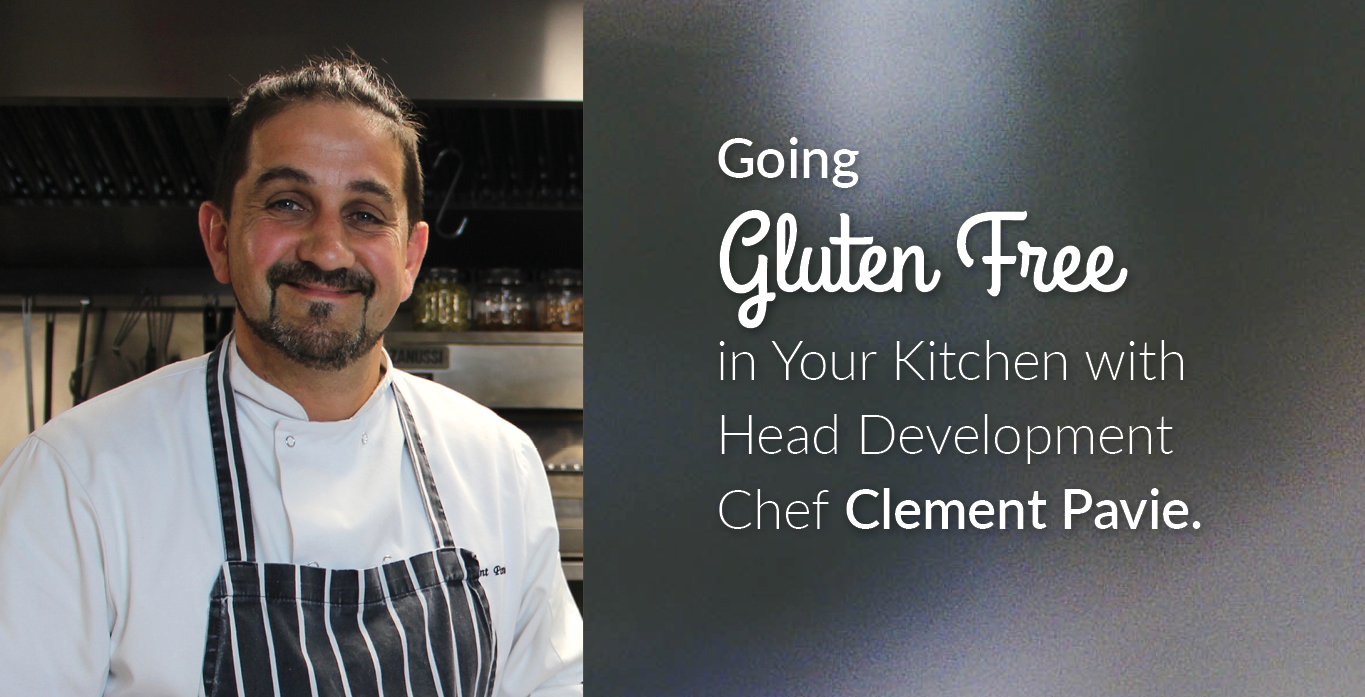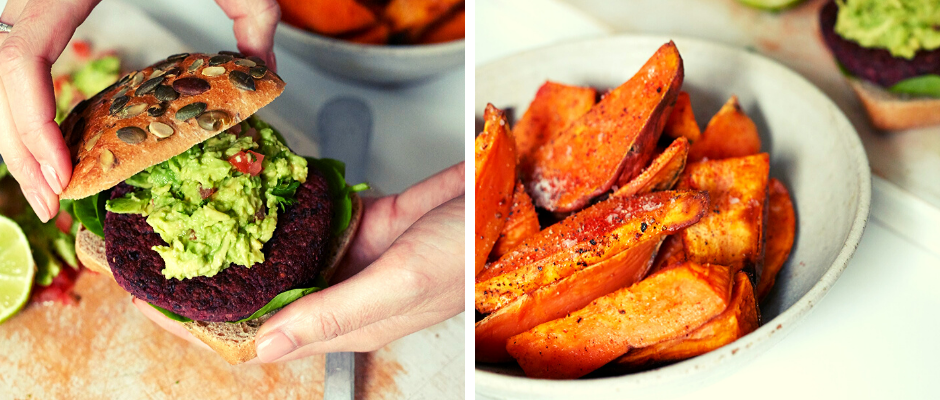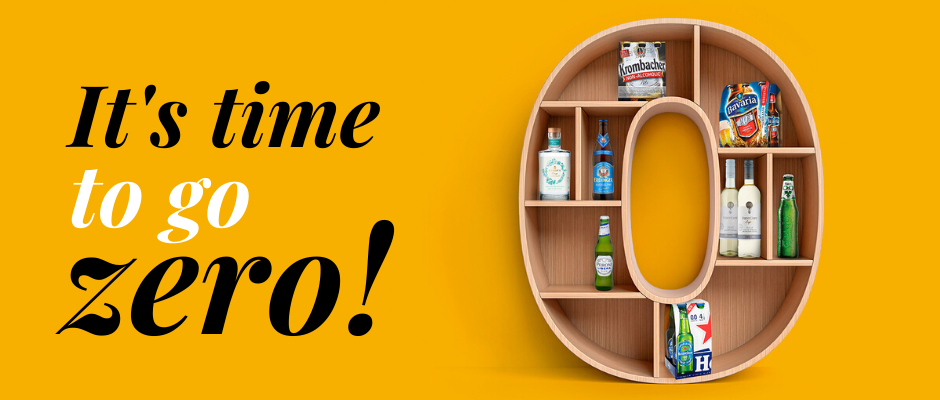Going Gluten Free In Your Kitchen
Food | 9th February 2018
Free from, in particular gluten-free, are terms that we have become all too familiar with. The incidence of Coeliac Disease in Ireland is estimated as approximately 1% of the population, many as yet undiagnosed. The number of people that suffer from this disease has risen dramatically in the past number of years and gluten free in the kitchen is an important topic to consider when working in the Food Service industry.
There is a long list of issues that having to follow a specific diet comes with. However, for a restaurateur, chef or someone working in the catering industry, the list is a completely different one, but just as complicated. “The difficulty is, depending on the severity of the allergy that the customer might have, the minute you go gluten-free, you can’t take any chances,” says Clement. “You can’t have any gluten or gluten molecules anywhere. It is really tricky.”
“Essentially when you have to think about preparing your kitchen for gluten-free, you are really looking at doing it for all allergens in general. A chef needs to take that risk safely, he can’t afford to take any chances. You have to stop everything you are doing and make sure you are doing it right. For every level of the catering industry, the difficulty is there.”
“In kitchens now, we’ve been introduced to a new colour for allergens – purple (violet). Already there is the colour board scheme, where you have red for raw meat, cooked meat is yellow and so on and so forth. This colour purple will be used for anything to do with allergens – boards, knives, containers.”
“The only way to avoid cross contamination or to be able to safely prepare a gluten-free meal in a kitchen is by either:
Physical segregation – You have a completely separate kitchen/room to prepare and cook gluten-free food in.
Time segregation – This is especially relevant if you have only one kitchen to work in. You clean your kitchen from top to bottom and then cook gluten-free food. The smart way to do this is to start the day with a very clean kitchen from the night before, when it is cleaned top to bottom, and prep and cook the gluten-free dishes first, storing them in the special purple containers or separate fridge to keep it safe.
Menu segregation – You don’t introduce gluten into your kitchen at all; this means no flour or bread, etc. You would be completely eliminating gluten from your menu. That is very tricky; you’d have to change recipes, options, etc. It is possible, but it is very restricting. It is also very innovative, in a way, as you have to be clever and work within limits to create the same desired food.”
“The product that has the biggest presence of gluten is flour, which is used for bread and baking. You can simply use gluten-free flours. Tritamyl is the best and this is available from Musgrave MarketPlace, but there are different types where the gluten index has been taken out. You can use a gram flour, which is a chickpea flour that originates from India, and this is ideal for a batter for dishes like battered prawns, for example. It gives you a lovely crisp flour. For baking, rice flour is particularly good,” commented Clement.
The other considerations to think about are around your menu and how adaptable the dishes are to being gluten-free or how many gluten-free options you want to include. Obviously there are lots of dishes that are naturally gluten-free because of the nature of the dish and ingredients. “When we look at other special dietary requirements, vegetarian or vegan for example, you can actually decide not to cater for these because there is still a limited percentage of the population who require these options – although that is something that is also definitely changing,” Clement explained.
“You can’t do that with allergens on the menu. You have to be able to cater for dietary requirements. There are so many ready-made, gluten-free products now available to chefs that make it much easier, for example, bouillons and sauces. Fifty years ago if you wanted to thicken a sauce or make a roux you would use flour. Now, you can use cornflour or arrowroot. It’s not going to taste exactly the same but it gives you the same result. These products make it easier to create a gluten-free environment in your kitchen. The only dishes nowadays where you will find gluten because you can’t avoid it is bread and pastry.”
For more information and to see the full range of gluten-free products available with Musgrave MarketPlace, go to musgravemarketplace.ie or visit your local branch.
See more great posts like this by following us on Facebook, Twitter, LinkedIn and Instagram.




